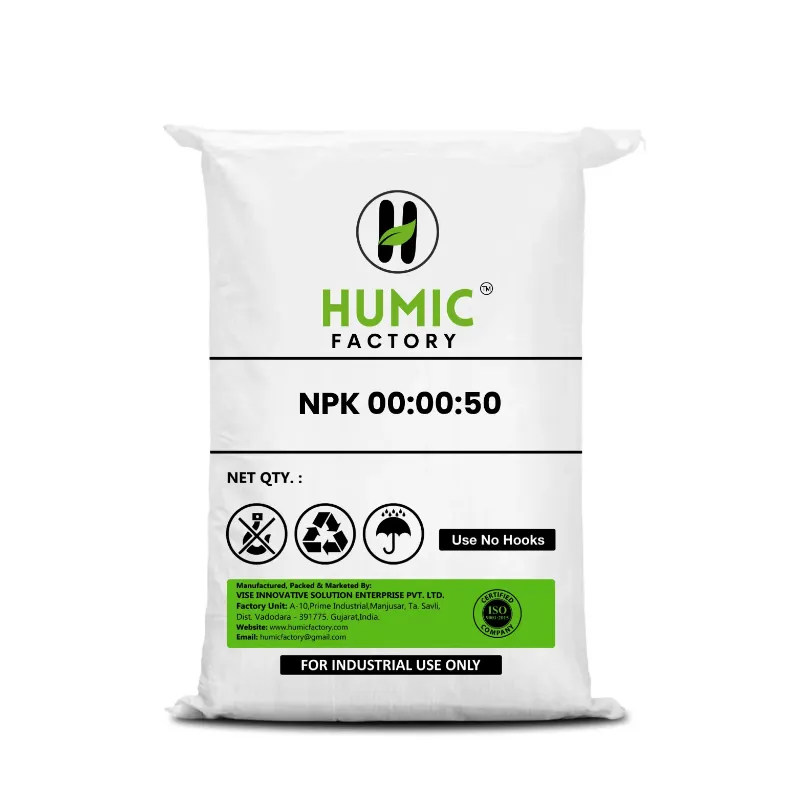Introduction:
- Trichoderma viride, a naturally occurring fungus, has gained recognition for its efficacy in controlling plant diseases. Let’s explore the mechanisms by which trichoderma viride fungicide works to combat plant diseases effectively.
Competitive Exclusion:
- Trichoderma viride competes with pathogenic fungi for space and nutrients, thereby inhibiting their growth and colonization on plant surfaces and in the soil.
- This competitive exclusion mechanism prevents the establishment of pathogenic fungi, reducing disease incidence and severity.
Antagonistic Activity:
- Trichoderma viride exhibits antagonistic activity against a wide range of plant pathogens, including fungi, bacteria, and nematodes.
- It produces antifungal compounds such as cell wall-degrading enzymes, antibiotics, and volatile organic compounds that inhibit pathogen growth and suppress disease development.
Induced Systemic Resistance (ISR):
- Trichoderma viride triggers the plant’s innate defense mechanisms, leading to induced systemic resistance (ISR) against pathogens.
- It stimulates the production of defense-related enzymes, phytohormones, and pathogenesis-related proteins, enhancing the plant’s ability to resist infections and recover from diseases.
Biocontrol of Soilborne Diseases:
- Trichoderma viride colonizes the rhizosphere and forms symbiotic associations with plant roots, providing protection against soilborne pathogens.
- It parasitizes pathogenic fungi, releases antifungal metabolites, and promotes plant growth, leading to suppression of soilborne diseases such as damping-off, root rot, and wilt.
Biocontrol of Foliar Diseases:
- Trichoderma viride can be applied as a foliar spray to control foliar diseases caused by fungi and bacteria.
- It colonizes the phyllosphere, competes with pathogenic microbes, and produces antifungal compounds that inhibit disease development and promote plant health.
Nutrient Competition and Parasitism:
- Trichoderma viride utilizes nutrients more efficiently than pathogenic fungi, outcompeting them for available resources in the environment.
- It also parasitizes the hyphae and spores of pathogenic fungi, disrupting their growth and causing their collapse, further limiting their ability to infect plants.
Enhanced Root Growth and Nutrient Uptake:
- Trichoderma viride promotes root growth and enhances nutrient uptake by secreting plant growth-promoting substances such as auxins and gibberellins.
- Improved root development increases the surface area for nutrient absorption and strengthens the plant’s defense against diseases.
Biofilm Disruption:
- Trichoderma viride disrupts the formation of pathogenic biofilms on plant surfaces by secreting enzymes that degrade the biofilm matrix.
- This prevents the attachment of pathogenic microbes to plant tissues and reduces their ability to establish infections.
Compatibility with Integrated Pest Management (IPM):
- Trichoderma viride is compatible with integrated pest management (IPM) strategies, where multiple control measures are employed to manage pests and diseases sustainably.
- Its use in combination with cultural practices, biological control agents, and reduced-risk pesticides enhances overall disease management effectiveness.
Environmental Safety and Sustainability:
- Trichoderma viride-based fungicides are environmentally safe and sustainable alternatives to chemical pesticides.
- They pose minimal risk to non-target organisms, human health, and the environment, promoting ecological balance and reducing chemical residues in agricultural produce.
Conclusion:
- Trichoderma viride fungicide offers an effective and sustainable solution for combating plant diseases through competitive exclusion, antagonistic activity, induced systemic resistance, and biocontrol of soilborne and foliar pathogens.
- Its multifaceted mechanisms of action make it a valuable tool in disease management strategies. Promoting plant health, yield, and environmental sustainability in agriculture.
- Incorporating trichoderma viride into crop protection programs contributes to reduced reliance on chemical pesticides, improved food safety, and enhanced agricultural productivity for a greener and healthier future.





